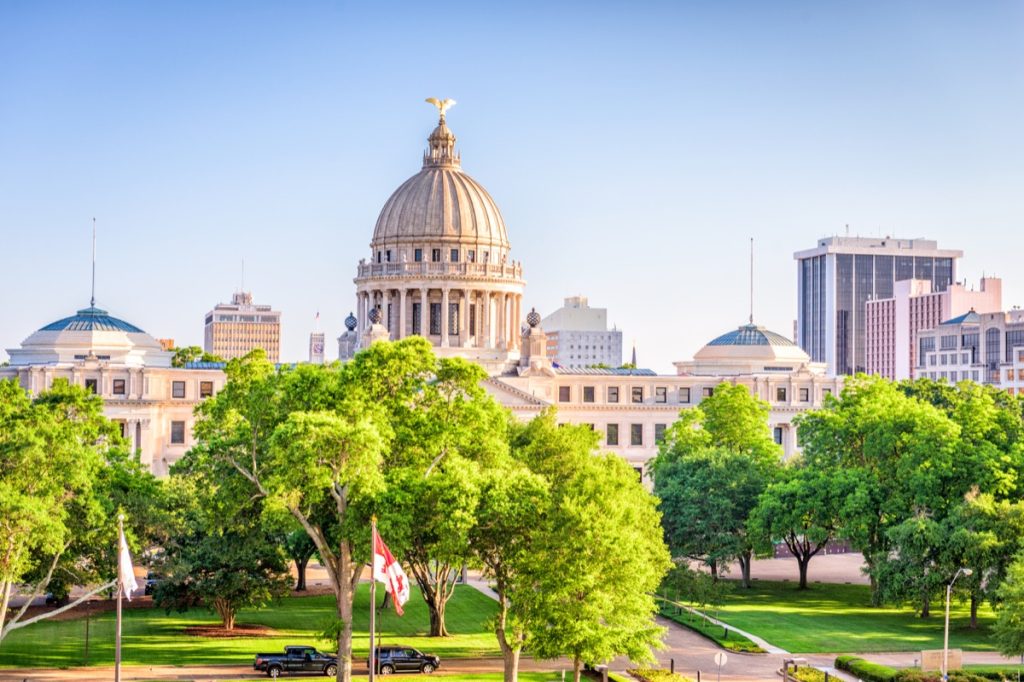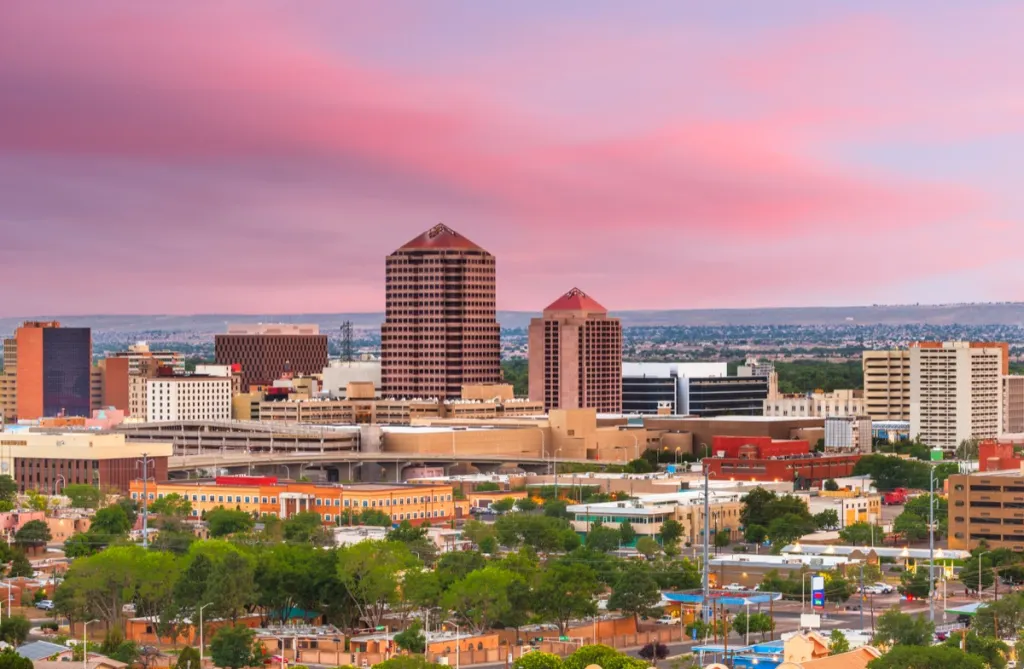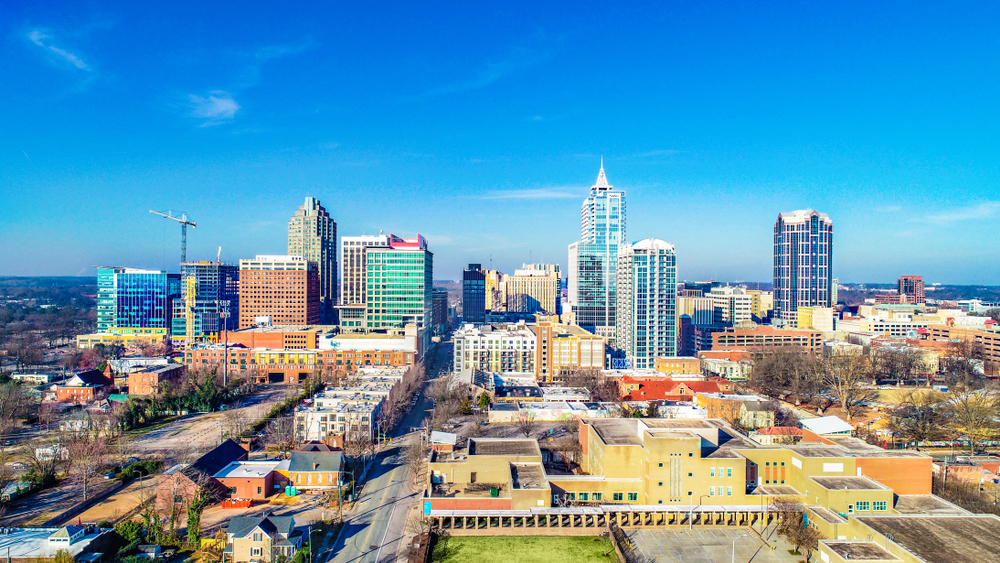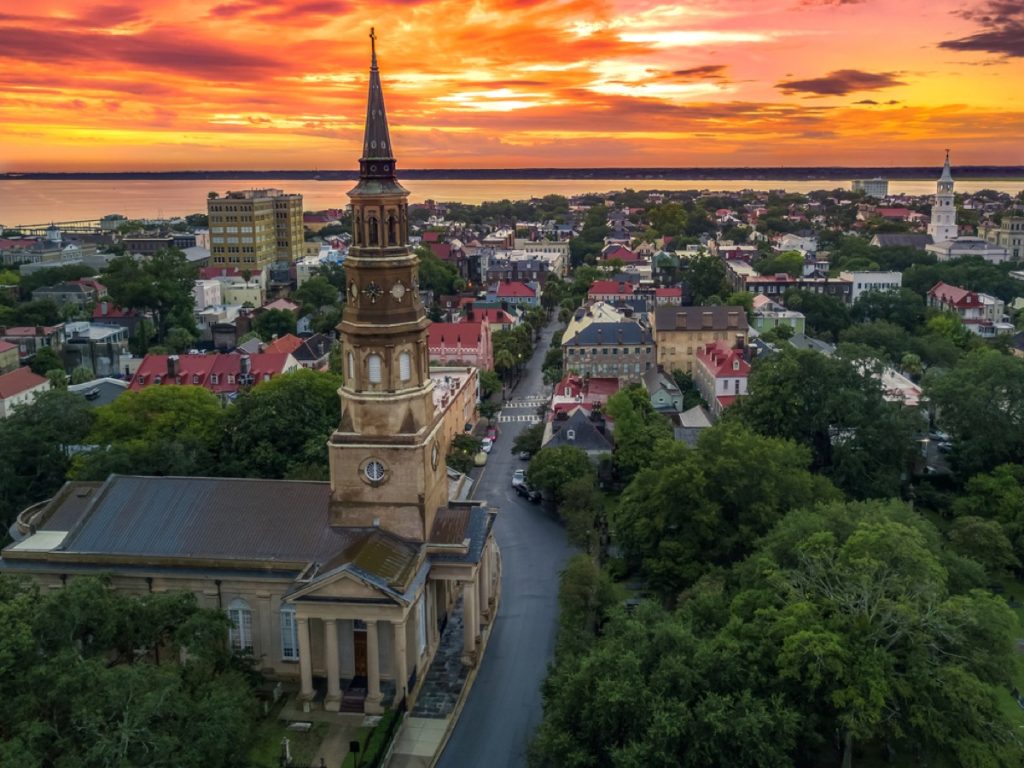10 States Where Respiratory Illness Is Spreading Fastest, CDC Warns

The excitement of the holiday season alone can be enough to make anyone feel worn out. But the busy travel and gathering season also comes with some familiar unwelcome guests: the flu, respiratory syncytial virus (RSV), and COVID-19. Most people spend the colder months trying to keep an eye out for any potential symptoms that could mean they’re coming down with one of the viruses, especially as more people around us become sick. But now, new figures from the Centers for Disease Control and Prevention (CDC) show that respiratory illness is surging in many areas—including 10 states where “very high” activity levels mean they’re spreading fastest.
RELATED: 2 COVID Symptoms Now Tied for Most Common Virus Signs, Doctors Say.
National data from the agency as of Dec. 22 shows that more people are reporting symptoms of respiratory illness to their healthcare providers, which includes sore throat or a fever with a cough. Overall, 25 states were found to be at “high” or “very high” on the CDC’s activity levels scale, which runs from one to 13
The latest report states that emergency room visits due to the flu are increasing nationwide, with positive test results for the virus increasing roughly 29 percent from the previous week. COVID-19 hospital admissions also remain high, and RSV-related visits are currently surging in other parts of the U.S. while previous hotspots see a decline, per CDC data.
Unfortunately, part of what makes the holidays so enjoyable could also be what drives up some of the risk of getting sick. Reported cases of the flu tend to begin surging at Thanksgiving and carry on through the season “because there’s gatherings and that’s when we see a peak,” Francesca Torriani, MD, program director of the infection prevention, clinical epidemiology, and tuberculosis control units at the University of California San Diego Health, told USA Today.
“We’re definitely seeing activity (and) it is widespread,” Torriani told the paper, adding that “we are having a viral respiratory fest.”
The figures also come nearly two weeks after the CDC released an alert highlighting an “urgent need” to boost immunization rates for respiratory viruses ahead of the winter season. The agency said the number of flu shots had decreased by about 7 million compared to last year, and only 17 percent of adults had received the latest COVID-19 vaccine.
Experts say those who are late in getting their shots will still see plenty of protectionary benefits if they seek them out now. “Given what we see currently, we would likely expect flu activity to continue increasing into January and possibly February, which would be similar to last year,” Wesley Self, MD, professor of emergency medicine at Vanderbilt University Medical Center, told USA Today.
And as always, very familiar health precautions can also help decrease the likelihood of getting sick. “You want to make sure you have that protection, that high-quality mask, washing your hands, making sure you’re updated on your vaccines, and always preparing for the highest risk person of the room,” Darrien Sutton, MD, told ABC News.
But for now, some areas are still dealing with particularly strong viral surges. Read on for the states where respiratory illness is currently spreading fastest, according to CDC data.
1
Alabama

Alabama has seen an increase in cases since the last batch of CDC data was released. It has now elevated to the “very high” designation on the agency’s scale at Level 12.
2
Colorado

A surge in reported respiratory illnesses has also pushed Colorado into the highest tier. It’s currently at Level 11, according to the CDC.
RELATED: I’m a Doctor, and These Are the 6 Best Supplements to Take Right Now.
3
Georgia

Things aren’t looking peachy for Georgia when it comes to viruses like COVID-19, RSV, and the flu. The state is currently at Level 11 on the agency’s scale, placing it in the “very high” activity tier.
4
Louisiana

Cases in Louisiana remain elevated, according to the CDC’s latest data. But while the state was already at the “very high” tier in the last round of reporting, it has still risen to Level 13 on the agency’s activity scale.
RELATED: Deadly Salmonella Outbreak Spreading in 34 States—These Are the Symptoms.
5
Mississippi

Mississippi is yet another state that has seen cases grow in recent days. It moved up from “high” to “very high” in the latest data update and is now at Level 11.
6
New Mexico

New Mexico stands out in the Southwest for its “very high” respiratory illness status. It’s currently at Level 12 on the scale.
RELATED: 15-Year-Old Girl Suffers First-Ever Vocal Paralysis From COVID in Teens.
7
New York

The CDC’s reporting of respiratory illnesses offers a separate count for New York State and its largest city. And while activity levels in the Empire State overall still only rank as “moderate,” the Big Apple still stands out as one of the places where cases are surging. It’s currently at Level 11 on the agency’s scale.
8
North Carolina

Surging respiratory illness cases have pushed North Carolina into the highest activity tier. Numbers show that the state is now at Level 11.
RELATED: Doctor Reveals COVID Symptoms in Patients Who Haven’t Gotten a Fall Booster.
9
South Carolina

It appears that the number of respiratory illness cases in South Carolina has not come down since the last batch of data was released. The Palmetto State still finds itself in the highest tier, ranked at Level 13 along with Louisiana.
10
Tennessee

The number of COVID-19, RSV, and flu cases is rising in Tennessee. It’s currently ranked “very high” and sits at Level 11 on the CDC’s activity scale.
RELATED: For more up-to-date information, sign up for our daily newsletter.